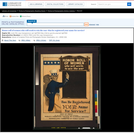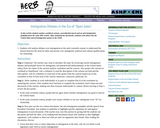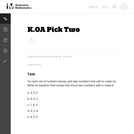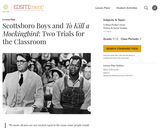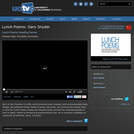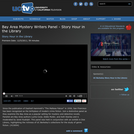Julia Alvarez was born in 1950 in NYC. Shortly after her birth, she and her parents returned to their home country, the Dominican Republic (Chicago Public Library, 2004). 10 years later, Julia Alvarez along with her family was forced to flee to the United States because of her father’s involvement in trying to plan to overthrow the dictator, Trujillo (Chicago Public Library, 2004).
Julia found it difficult to fit into her new life in the United States and she found it challenging to learn the English language. Julia experience alienation from her peers and prejudice because she was an immigrant (Chicago Public Library, 2004).
Julia said, “I consider this radical uprooting from my culture, my native language, my country, the reason I began writing” (Alvarez, 2020).
Alvarez earned her undergraduate degree from Middlebury College in 1971 and a master’s degree in creative writing from Syracuse University in 1975 (Chicago Public Library, 2004).
Julia Alvarez has published many books in her career as a writer; many in both English and Spanish. How the Garcia Girls Lost Their Accents was published in 1991 as Julia’s first novel. It told the story of four immigrant sisters from the Dominican Republic adjusting to life in the United States. It was the first novel written by someone from the Dominican Republic in the English language. How the Garcia Girls Lost Their Accents was the winner of the 1991 PEN Oakland/Josephine Miles Literary Award for works that present a multicultural viewpoint (Lit Lovers, 2022).
Another wonderful book, published in 1994, Time of Butterflies, told the story of the brave women who did not survive the dictatorship. It was a finalist in 1995 for the National Book Critics Circle Award, was a notable book by the American Library Association in 1994, and was chosen as one of the Best Books for Young Adults by the Young Adult Library Services Association and the American Library Association in 1995 (Chicago Public Library, 2004).
In preparing for this video, I read the book Where Do They Go? It is a book for children that explains the death of a loved one. The children want to know where did their loved ones go and through wonderful poetic words and illustrations, a soft answer is given to the children in a way they can understand (Julia Alvarez, 2016).
In addition to writing award-winning books, Julia Alvarez has earned the Pura Belpre and Americas Awards for her young adult books, the Hispanic Heritage Award, and the F. Scott Fitgerald Award. At a ceremony in 2014, Julia received the National Medal of Arts from President Obama (National Endowment for the Arts, 2013).
Julia Alvarez is a wonderful storyteller and author because she writes from her own experiences as an immigrant and embraces multicultural identity. She authors books for children, young adults, and adults. Julia Alvarez writes with poetic words and teaches tolerance of immigrants. Her stories feature characters who have had to show strength when met with alienation, prejudice, adversity, and oppression. She knows how difficult it can be to navigate between two identities; two cultures; She shows how difficult it was for her and for many others how to learn a new way of life and hang on to one’s own culture. She does all of this with poetic words in beautiful stories. Julia Alvarez’s stories are important for people of all ages to read to grow empathy for people of other cultures.
Julia Alvarez is a writer-in-residence at Middlebury College (National Endowment for the Arts, 2013).
Julia Alvarez and her husband founded an organic coffee farm promoting sustainability by using sustainable methods in the Dominican Highlands as a tribute to the women who were killed during the dictatorship. The profits from this farm go to the Alta Garcia Foundation, which promotes literacy programs for the local population (The Mariposa Dr. Foundation, 2021).

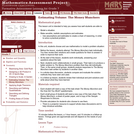
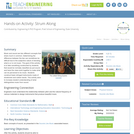

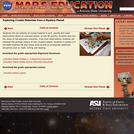

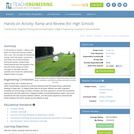
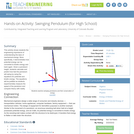
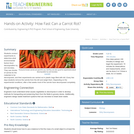
![OREGON MATH STANDARDS (2021): [2.OA]](https://img.oercommons.org/160x134/oercommons/media/courseware/lesson/image/13138_ODE_Math_Logo_2018-H_color_BvjqVNy.png)
